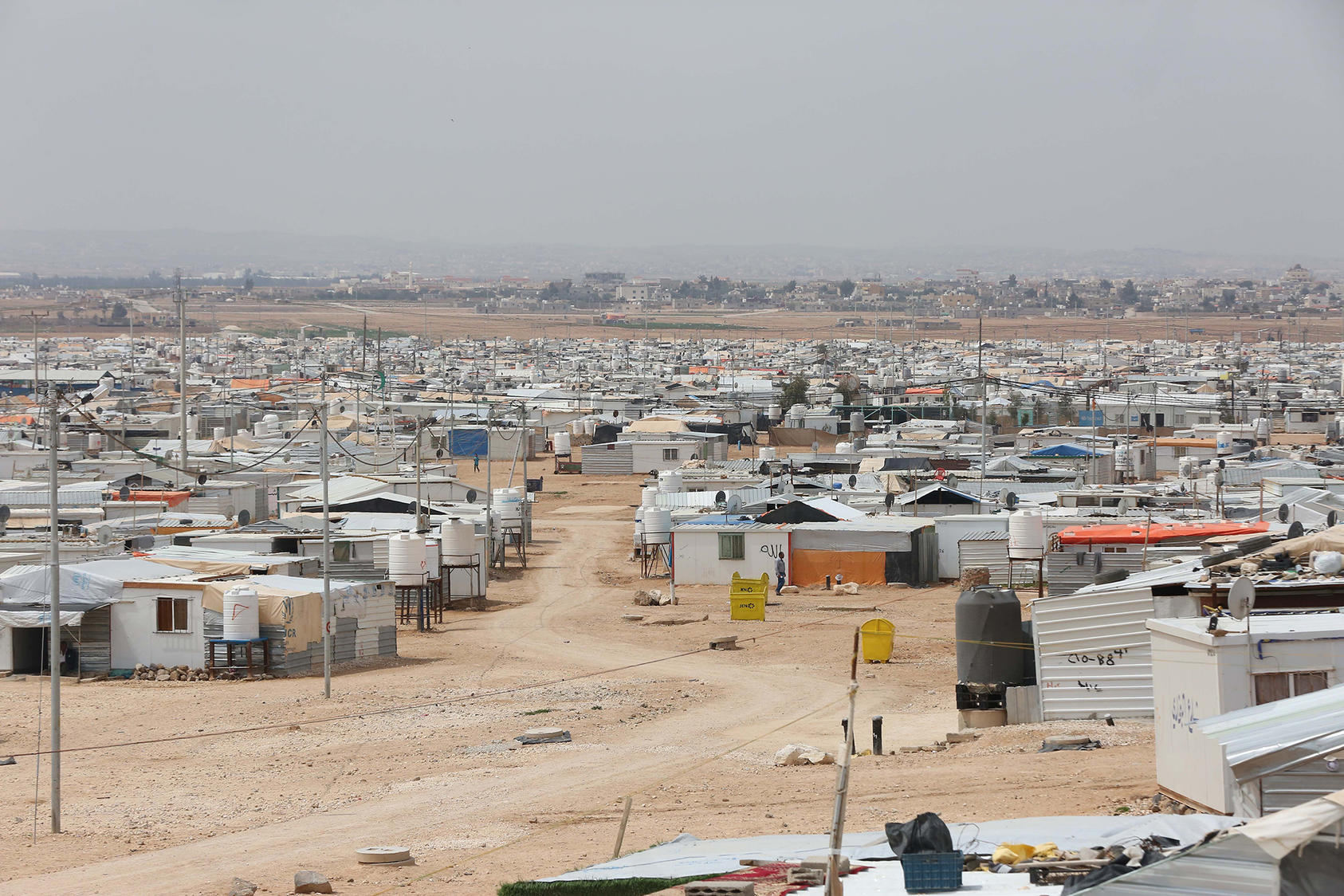USIP’s Mona Yacoubian on the strategic implications of the Russian-backed assault
Over the past two weeks, the Syrian government has embarked on a military offensive across Syria’s southwest, focused on retaking the city of Dara’a. Russia has played a critical role, backing the operations with airstrikes. The United Nations estimates that more than 270,000 Syrian civilians have been displaced by the fighting, and the number could increase as the battle intensifies. As Syrians flee for safety, many are stranded in the summer heat on Syria’s borders with Jordan and Israel. Jordan, which hosts an estimated 660,000 Syrian refugees, has closed its border and will not admit additional refugees. Amman has been mediating talks between Russia and the rebels, seeking to negotiate the rebels’ surrender and the regime’s return with minimal fighting and displacement. Contested reports note that these talks have led to the regime’s regaining Bosra ash-Sham, a major insurgent-controlled town near Dara’a city.

What is the motivation behind the current Syrian government military assault on Dara’a in southwestern Syria?
The Syrian regime is seeking to regain control over one of the last remaining rebel strongholds in Syria—northwestern Idlib province is the other remaining rebel pocket. In May, the Syrian government announced that it had re-taken all of the suburbs surrounding Damascus, setting the stage for the current Dara’a offensive. Dara’a holds symbolic significance as the birthplace of the Syrian revolution, sparked when a group of teenage boys wrote anti-government graffiti on the wall of their school in March 2011. Syrian President Bashar al-Assad has vowed to retake all of Syria; a successful offensive on the southwest would mark a key milestone in the regime’s campaign.
But isn’t Dara’a designated as a “de-escalation zone”?
Yes, Dara’a governorate was part of a designated “de-escalation zone” in southwestern Syria. Last July, the United States, Jordan, and Russia announced a cease-fire agreement covering parts of Dara’a, Quneitra, and Sweida governorates. The agreement also marked the first instance of significant cooperation on Syria between the Trump administration and Russia. Over the past few years, Syria’s southwest had witnessed diminished levels of violence. The agreement sought to capitalize on the region’s relative quiet to establish a potential “model” for cease-fires to de-escalate violence across war-torn Syria. The cease-fire agreement was based on a painstakingly negotiated deconfliction line that separated rebel and regime forces in the contested region. Russia was charged with ensuring that the Syrian regime abided by the cease-fire. Initially, the United States expressed its alarm over the Syrian regime’s Russian-backed offensive—a violation of the cease-fire agreement—and warned of “serious repercussions.” However, more recently, the United States notified its rebel allies that it could not guarantee their safety and security, noting that “you should not base your decisions on the assumption or expectation of military intervention by us.”
What are the broader strategic implications of current regime offensive in southwestern Syria?
The regime’s assault on southwestern Syria may reverberate well beyond Syria’s borders with significant stakes for both Israel and Jordan. Israel has expressed deep alarm at the prospect of the Syrian regime’s Iranian allies gaining a foothold along Syria’s border with the Israeli-controlled Golan Heights. Tensions between Israel and Iran have been steadily escalating in southwestern Syria with mounting concerns that the area could become a flashpoint for a larger regional conflagration. Israel and Russia have reportedly conducted secret negotiations to ensure that Iranian-backed militias will not be deployed as part of the ground offensive to mitigate the immediate threat to Israel. However, no details of these talks have been announced, nor is it clear how such an agreement would be enforced.
Strategic stakes are also high for Jordan, which recently witnessed its first significant episode of popular unrest since 2011 Arab uprisings. Nationwide street protests erupted in late May following the announcement of proposed income tax increases and the reduction of fuel and electricity subsidies. The Syrian war’s spillover has exacerbated economic pressures in Jordan, shutting off an important trade route through Syria and leading to the influx of more than half a million refugees. These mounting pressures prompted Jordan to announce that its border was closed, and it would not accept any additional refugees from the current fighting. Instead, Amman is focused on seeking a quick end to the fighting, acquiescing to the Syrian regime’s return to southwestern Syria and looking to re-open the Nasib border crossing, which would allow the re-establishment of trade.